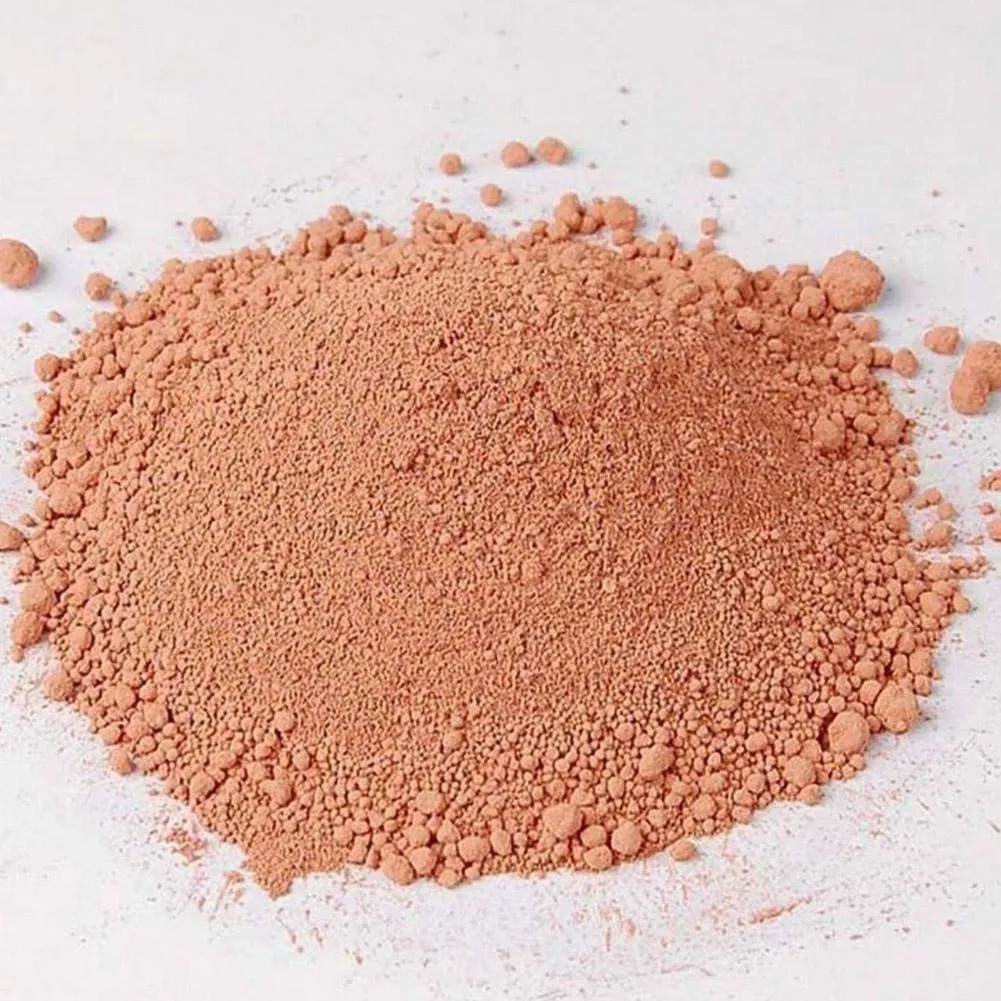The neglected gold: rare earth polishing powder

Rare earth cerium-based polishing powder is the mainstream rare earth polishing powder at present. It has excellent polishing performance and can improve the surface finish of products or parts. It is known as the “king of polishing powder”. The glass processing industry and the electronics industry are the main downstream application fields of rare earth polishing powder. The waste of rare earth polishing powder that fails after polishing accounts for about 70% of the output each year. The waste components mainly come from rare earth polishing powder waste residue, waste liquid, glass fragments from polishing workpieces, grinding skin (organic polymer) from polishing cloth, oil and other impurities, and the proportion of rare earth components is 50%. How to dispose of the failed rare earth polishing powder has become a major problem for downstream application companies.
Currently, the commonly used methods for recycling rare earth polishing powder waste are physical separation and chemical separation.
Physical separation method
(1) Flotation method
In recent years, flotation technology has been widely used in solid waste treatment. Due to the difference in hydrophilicity of the components in waste rare earth polishing powder, different flotation agents are selected to improve the affinity of the components in aqueous solution, leaving the hydrophilic particles in the water, thereby achieving the purpose of separation. However, the size of the polishing powder particles affects the flotation recovery rate, and the recovery purity is not enough.
During flotation, different collectors are selected, and the impurity removal effect varies greatly. Yang Zhiren et al. found that when the pH of styrenephosphonic acid is 5, the recovery rate of cerium oxide and lanthanum oxide after flotation reaches 95%, while the recovery rate of calcium fluoride and fluoroapatite is only 20% at most. Particles with a diameter of less than 5 microns need to be further separated to remove impurities due to poor flotation effect.
(2) Magnetic separation method
Waste rare earth polishing powder has magnetism. Based on this, Mishima et al. designed a device with a vertical magnetic field to recover rare earth polishing slurry. When the flow rate of the waste powder slurry is 20 mm/s, the circulation time is 30 min, the slurry concentration is 5%, and the pH of the slurry is 3, the separation efficiency of cerium dioxide and iron flocculant can reach 80%. If the magnetic field direction is changed to a horizontal gradient and then MnCl2 solution is added, silicon dioxide and aluminum oxide with opposite magnetic properties can be separated from cerium dioxide.
(3) Other methods
Takahashi et al. froze the waste powder slurry whose particles were not easy to settle at -10°C, and then thawed it in an environment of 25°C. The impurities and rare earth oxides formed a layer, which facilitated the aggregation and recovery of useful substances in the waste.
Chemical separation method
The chemical method mainly adopts the recovery process after acid dissolution and alkali roasting, and uses a reducing agent as an auxiliary reagent to obtain rare earth polishing powder raw materials through impurity removal, extraction, and precipitation. This method has a high rare earth recovery rate, but the process is long and the cost is high. Excessive strong acid or strong alkali produces a large amount of wastewater. (1) Alkali treatment
Aluminum oxide and silicon dioxide are the main impurities in rare earth polishing powder waste. Use 4 mol/L NaOH solution to react with rare earth polishing powder waste for 1 hour at 60°C to remove silicon dioxide and aluminum oxide impurities in rare earth polishing powder waste.
(2) Acid treatment
When recovering rare earth elements from polishing powder waste, nitric acid, sulfuric acid and hydrochloric acid are often used for leaching. Cerium dioxide, the main component of rare earth polishing powder waste, is slightly soluble in sulfuric acid.
(3) Reducing agent assisted acid leaching
If CeO2 is directly leached with acid, the effect is not ideal. If a reducing agent is added to reduce Ce4+ to Ce3+, the rare earth leaching rate can be improved. Using the reducing agent H2O2 to assist hydrochloric acid leaching of rare earth polishing powder waste can significantly improve the experimental results.
